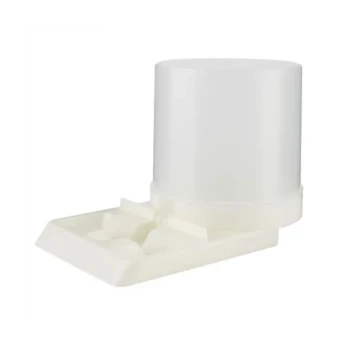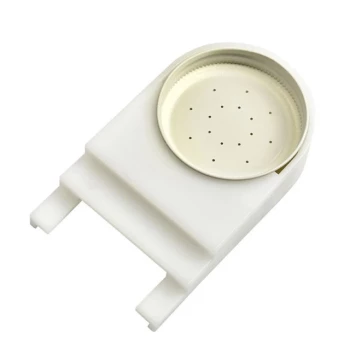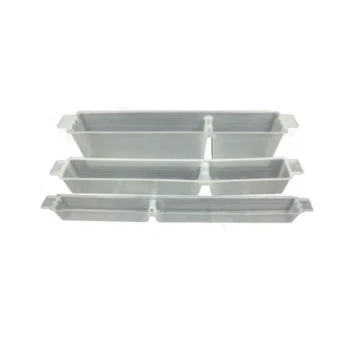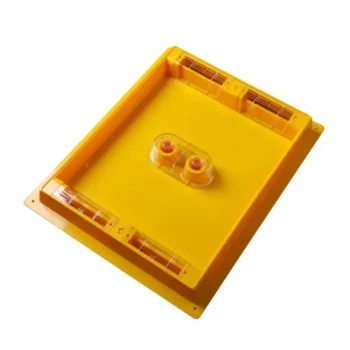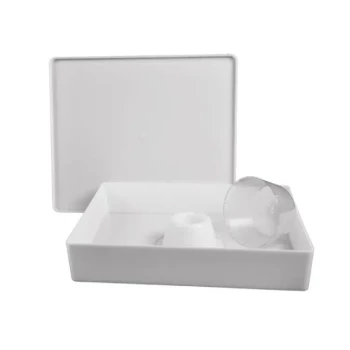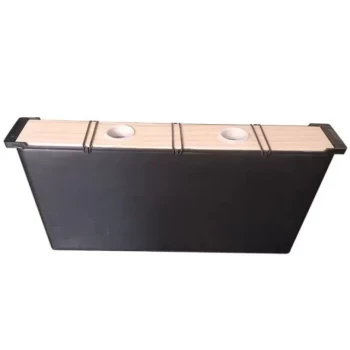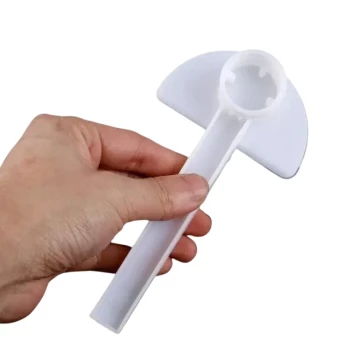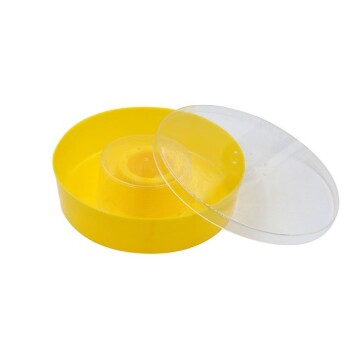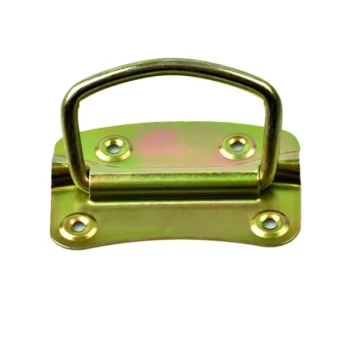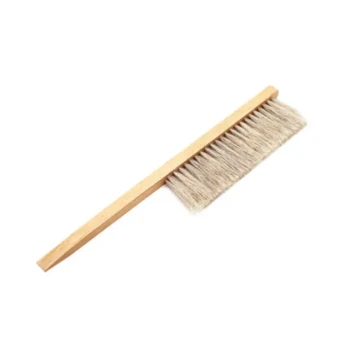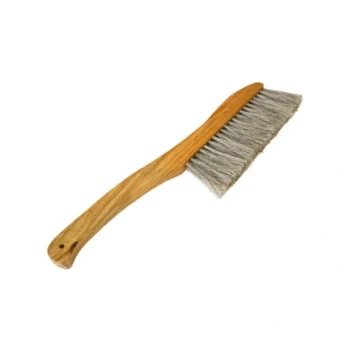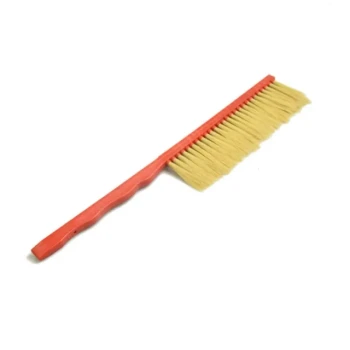The best place to put a bee feeder depends entirely on the type of feeder you are using and your specific goals. Common placements include at the hive entrance, directly on top of the frames inside the hive, or within the hive in place of a frame. Each location offers a different balance of convenience for the beekeeper and safety for the bees.
The central decision in feeder placement is choosing between external convenience and internal safety. Placing feeders inside the hive is almost always safer for the colony as it minimizes the risk of robbing and keeps the food warm.
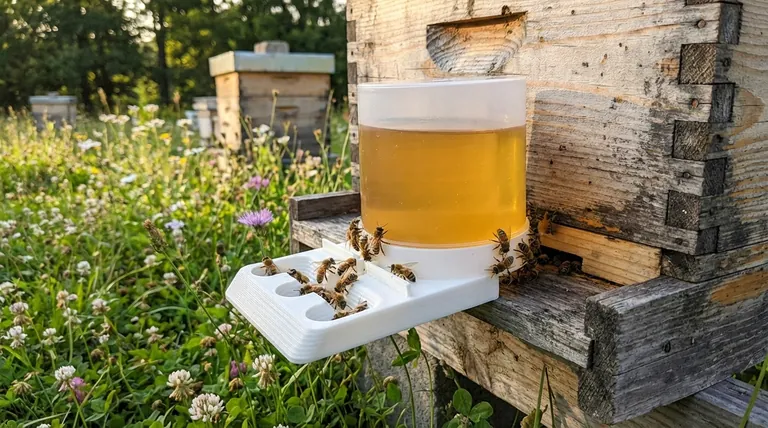
External vs. Internal: Two Philosophies of Feeding
Choosing where to place a feeder is less about a single "right" spot and more about understanding the two primary locations: outside the hive or inside it.
The External Option: Entrance Feeders
Entrance feeders, also known as Boardman feeders, are placed directly at the entrance of the hive, typically on the bottom board. They consist of a small platform that holds an inverted jar or container of syrup.
This is the most common type of feeder seen by non-beekeepers and is best suited for Langstroth or Warre hives.
The Internal Options: A Safer Approach
Internal feeders are placed inside the hive structure, providing a significant advantage in security and temperature regulation.
Top Hive Feeders These feeders sit directly on top of the uppermost hive box, just beneath the main hive cover. Examples include Miller feeders or simple pails with small holes in the lid, which are placed over the inner cover's hole.
In-Hive Frame Feeders These are thin, specially designed containers that have the same dimensions as a standard frame. They are placed inside a hive box, directly replacing one or two of the wooden frames.
Understanding the Critical Trade-offs
The placement of your feeder has direct consequences for your colony's health and safety. You are not just choosing a location; you are choosing a set of risks and benefits.
Robbing Prevention
An entrance feeder is an open invitation for robbing. The smell of sugar syrup attracts bees from other colonies, wasps, and other pests, which can lead to a fight that your colony, especially if weak, may lose.
Internal feeders almost completely eliminate this risk. The syrup is contained within the hive, and its scent is not broadcast to outsiders.
Temperature and Accessibility
Bees cannot consume syrup that is too cold. In cooler weather, an external entrance feeder can become useless as the syrup's temperature drops.
Internal feeders, however, benefit from the hive's own warmth. The colony's heat keeps the syrup at a viable temperature, making it accessible to the bees when they need it most.
Bee Safety and Drowning
A poorly designed feeder is a death trap. Entrance feeders are generally safe from a drowning perspective, but both top hive and frame feeders can pose a risk.
It is crucial that any internal feeder has ladders, floats, or a roughened interior surface to ensure bees have a way to climb out if they fall in.
Making the Right Choice for Your Colony
Your decision should be based on your hive's strength, the current weather, and your beekeeping goals.
- If your primary focus is protecting a weak hive or preventing robbing: Always use an internal feeder, such as a frame feeder or a top hive feeder.
- If your primary focus is feeding a large volume of syrup with minimal disturbance: A large-capacity top hive feeder is the most efficient and safe choice.
- If your primary focus is convenience in warm weather with no other hives nearby: An entrance feeder can work, but you must monitor it vigilantly for any signs of robbing.
By understanding these placements and their implications, you can provide food that helps your colony thrive without inadvertently causing it harm.
Summary Table:
| Feeder Type | Best Placement | Key Advantage | Key Disadvantage |
|---|---|---|---|
| Entrance Feeder | Hive entrance / bottom board | High beekeeper convenience | High risk of robbing and pests |
| Top Hive Feeder | Inside hive, on top of frames | Large capacity; good robbing prevention | Can pose drowning risk if poorly designed |
| Frame Feeder | Inside hive, replaces a frame | Excellent robbing prevention; uses hive warmth | Reduces brood/comb space in the box |
Equip your apiary with the right feeding solutions from HONESTBEE.
Choosing the correct feeder is critical for maintaining strong, productive colonies. As a trusted wholesale supplier for commercial apiaries and beekeeping equipment distributors, HONESTBEE provides durable, well-designed internal and external feeders that prioritize bee safety and operational efficiency.
We help you:
- Prevent robbing and protect colony health with secure internal feeding systems.
- Boost efficiency with high-capacity feeders designed for minimal disturbance.
- Scale your operations with reliable, wholesale-priced equipment.
Let's discuss the best feeding strategy for your commercial needs. Contact our expert team today to get started.
Visual Guide
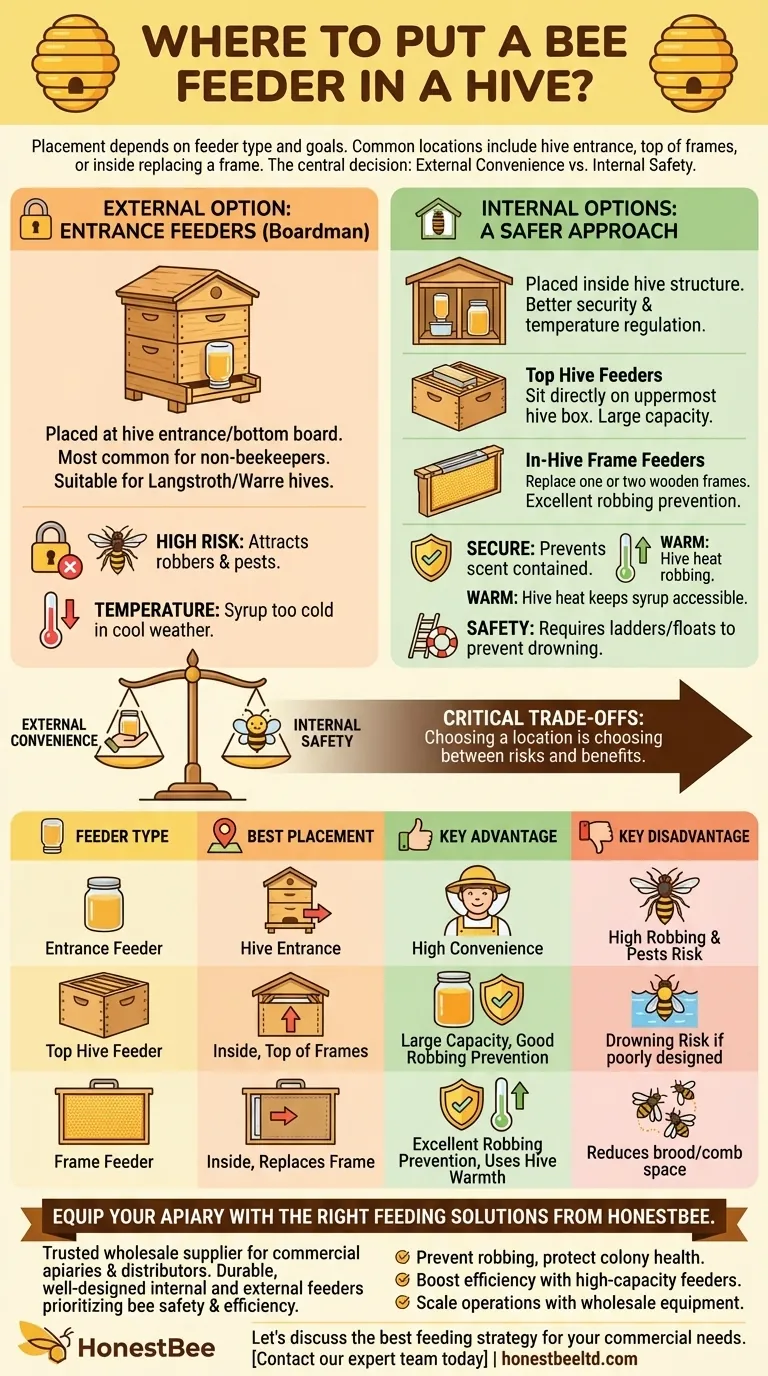
Related Products
- HONESTBEE Entrance Bee Feeder Professional Hive Nutrition Solution for Beekeeping
- Professional Hive Front Entrance Bee Feeder
- Boardman Entrance Bee Feeder Durable Galvanized Steel and Wood Construction for Beekeeping
- HONESTBEE Professional Entrance Bee Feeder Hive Nutrition Solution
- Classic Boardman Entrance Bee Feeder Hive Front Feeding Solution
People Also Ask
- What are the different types of honey bee feeders? Choose the Right Feeder for Your Hive
- How does the entrance feeder method work? A Guide to Simple But Risky Hive Feeding
- What is an entrance feeder? A Guide to Its Simple Design and High Robbing Risk
- How do you make an entrance feeder for bees? A Guide to Safe & Effective Hive Feeding
- Are entrance feeders good for bees? Prioritize Hive Health Over Convenience
